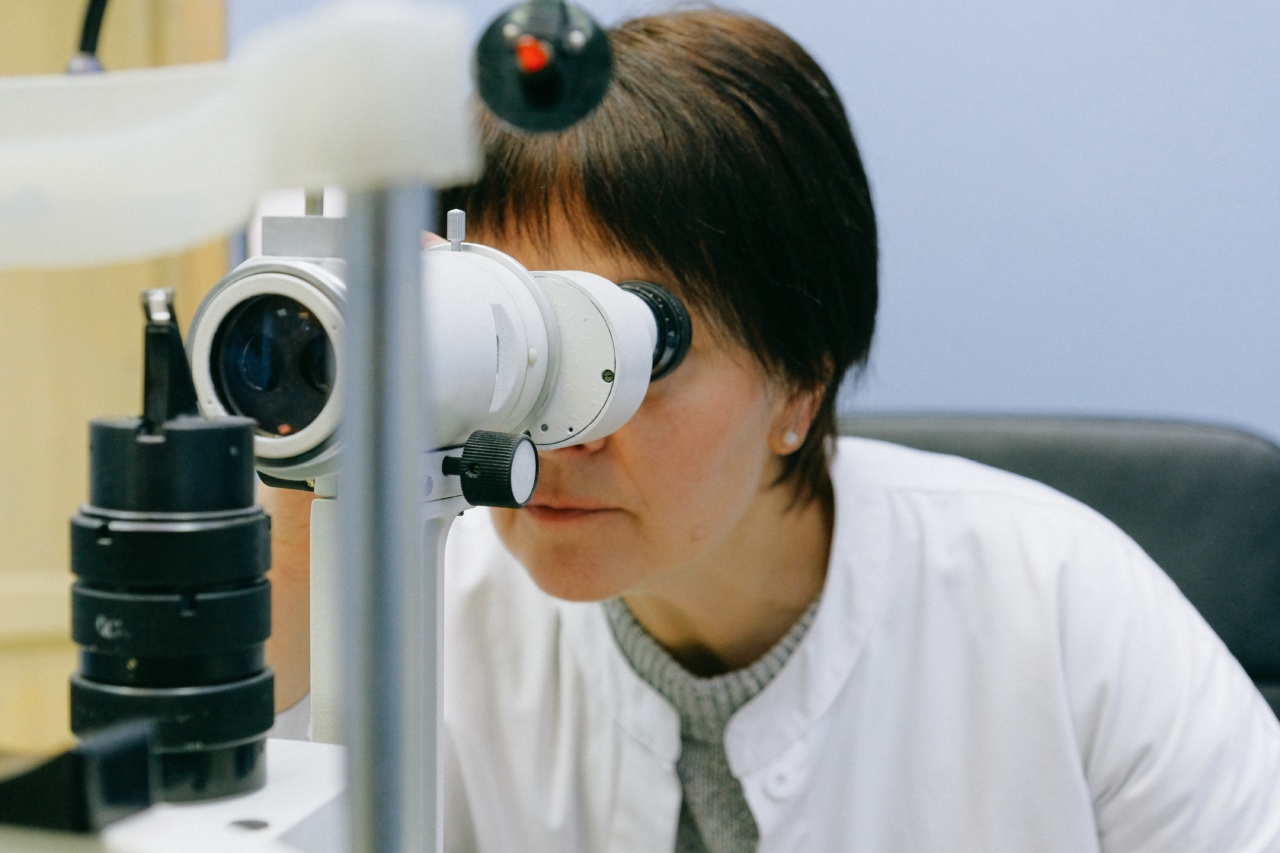Breast cancer is a significant health concern for women worldwide. Early detection plays a critical role in successful treatment and improved survival rates.
Mammography is a widely used screening tool that is instrumental in identifying breast cancer at its early stages. However, a recent study has raised concerns about the efficacy of mammograms in detecting serious cases of breast cancer.
The findings suggest that many serious breast cancers may go undetected through mammograms, highlighting the need for further research and potential improvements in breast cancer screening methods.
The Study and its Findings
The study conducted by researchers from a renowned medical institution aimed to evaluate the accuracy of mammography in detecting serious breast cancers.
The researchers analyzed a large sample of women who had undergone mammograms and subsequently been diagnosed with breast cancer. The study found that in a significant number of cases, mammograms failed to detect serious breast cancers.
The findings revealed that approximately 30% of the women diagnosed with serious breast cancers had received false-negative results from their mammograms.
This means that their mammograms had failed to detect the presence of a malignant tumor, leading to delayed diagnosis and treatment. False-negative results pose a considerable risk to patients, as they often result in the cancer progressing to a more advanced stage, requiring more aggressive and invasive treatment options.
Factors Contributing to False-Negative Results
Several factors may contribute to the occurrence of false-negative results in mammograms. One significant factor is the density of breast tissue.
Women with dense breast tissue have a higher risk of false-negative results, as the dense tissue can obscure potential abnormalities in the mammogram images. Additionally, the expertise of the radiologist reading the mammogram plays a crucial role. Human error, lack of experience, or fatigue can all affect the accuracy of interpreting mammogram images.
Another factor influencing the detection of serious breast cancers through mammograms is the tumor’s characteristics.
Some aggressive breast cancers, such as triple-negative breast cancer, display rapid growth and are more likely to evade detection through mammograms. Furthermore, the size and location of the tumor can impact the accuracy of mammography. Small tumors or those situated deep within the breast tissue may be missed during the screening process.
The Limitations of Mammography
While mammography has been the gold standard for breast cancer screening for several decades, it is not a perfect diagnostic tool. Mammograms use low-dose X-rays to capture images of the breast tissue, which can be then analyzed for any abnormalities.
However, limitations exist within the technique. False-positive results, meaning the mammogram identifies an abnormality that is not cancerous, can lead to unnecessary anxiety and further invasive procedures, such as biopsies.
This can cause significant emotional distress to the patient and increase the overall healthcare costs.
Mammography also has difficulty detecting cancer in certain breast tissue types, such as dense breasts, as previously mentioned.
Dense breast tissue contains more fibrous and glandular tissue, making it more challenging to differentiate between potential abnormalities and normal breast tissue. This often results in additional imaging tests, such as ultrasound or MRI scans, being required to further assess the situation.
Moreover, mammography has its limitations in detecting specific types of breast cancer, particularly those found in younger women or individuals with a genetic predisposition to the disease.
In these instances, supplemental screening techniques, such as magnetic resonance imaging (MRI) or molecular breast imaging (MBI), may be recommended to enhance the accuracy of detection.
The Need for Improved Breast Cancer Screening
The study’s findings underscore the urgency for continued research and development in the field of breast cancer screening.
While mammography remains an essential tool in early detection, it is clear that alternative approaches should be explored to complement or enhance its effectiveness.
Various advancements in breast imaging technologies have already shown promise in improving the detection of aggressive breast cancers.
Molecular breast imaging, for instance, utilizes a radioactive tracer to highlight tumor cells, aiding in their identification. Additionally, the integration of artificial intelligence (AI) into the interpretation of mammograms has the potential to reduce human error and improve accuracy.
Furthermore, educating women about breast self-examinations and promoting breast awareness are imperative to ensure timely medical attention and follow-up investigations for any suspicious changes.
A multi-faceted approach that combines various screening methods and encourages self-awareness can greatly contribute to earlier detection and improved prognosis.
The Importance of Regular Breast Cancer Screenings
Despite the limitations and the possibility of false-negative or false-positive results, regular mammograms remain an essential component of breast cancer screenings.
The American Cancer Society recommends that women with an average risk of breast cancer undergo yearly mammograms from the age of 40. Women with a higher risk, such as those with a family history of breast cancer or carriers of specific genetic mutations, may need to begin screening at an earlier age or consider additional screening methods.
It is crucial for women to have open and informed discussions with their healthcare providers regarding their personal risk factors, breast density, and appropriate screening regimens.
By being proactive about their breast health, women can increase the chances of early detection and ensure prompt medical intervention if necessary.
Conclusion
Mammography plays a fundamental role in the early detection of breast cancer, allowing for timely treatment and potentially saving lives.
However, the recent study’s findings suggest that many serious breast cancers can still go undetected through mammograms. Factors such as breast tissue density, the expertise of the interpreting radiologist, and the characteristics of the tumor itself can impact the accuracy of mammography.
Acknowledging these limitations, it is crucial to continue research and explore innovative screening methods to improve breast cancer detection rates and reduce the number of false-negative results.



























